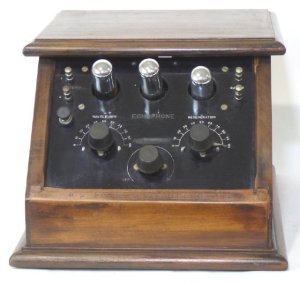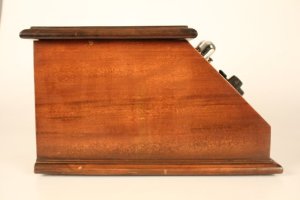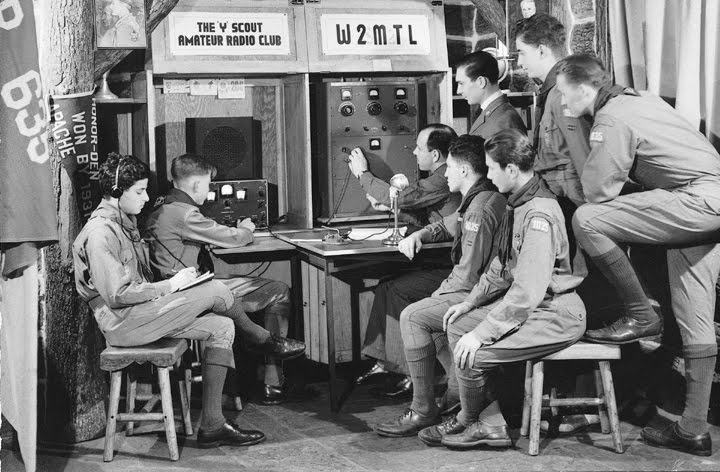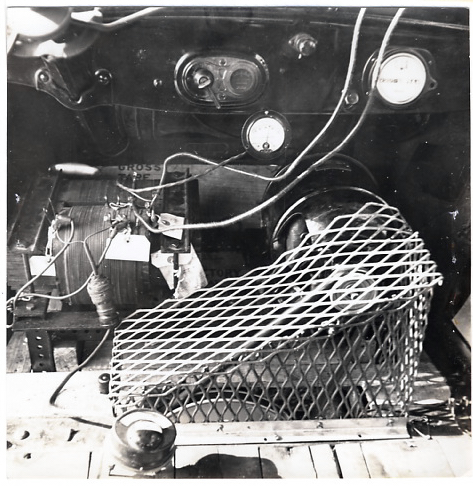The 33-centimeter or 900 MHz band is a portion of the UHF radio spectrum internationally allocated to amateur radio on a secondary basis. It ranges from 902 to 928 MHz and is unique to ITU Region 2.[ It is primarily used for very local communications as opposed to bands lower in frequency. However, very high antennas with high gain have shown 33 centimeters can provide good long range communications almost equal to systems on lower frequencies such as the 70 centimeter band. The band is also used by industrial, scientific, and medical (ISM) equipment, as well as low powered unlicensed devices. Amateur stations must accept harmful interference caused by ISM users
More can be found at Wikipedia
33 Centimeters (902-928 MHz)
| Frequency Range | Mode
| Functional Use
| Comments |
| 902.000-902.075 | FM / otherincluding DV Or CW/SSB | Repeater inputs 25 MHz split paired with those in 927.000-927.075 or Weak signal | 12.5 kHzchannel spacing Note 2) |
| 902.075-902.100 | CW/SSB | Weak signal | |
| 902.100 | CW/SSB | Weak signal calling | Regional option |
| 902.100-902.125 | CW/SSB | Weak signal | |
| 902.125-903.000 | FM/otherincluding DV | Repeater inputs 25 MHz split paired with those in 927.1250-928.0000 | 12.5 kHzchannel spacing |
| 903.000-903.100 | CW/SSB | Beacons and weak signal | |
| 903.100 | CW/SSB | Weak signal calling | Regional option |
| 903.100-903.400 | CW/SSB | Weak signal | |
| 903.400-909.000 | Mixed modes | Mixed operations including control links | |
| 909.000-915.000 | Analog/digital | Broadband multimediaincluding ATV, DATV and SS | Notes 3) 4) |
| 915.000-921.000 | Analog/digital | Broadband multimedia including ATV, DATV and SS | Notes 3) 4) |
| 921.000-927.000 | Analog/digital | Broadband multimediaincluding ATV, DATV and SS | Notes 3) 4) |
| 927.000-927.075 | FM / otherincluding DV | Repeater outputs 25 MHz split paired with those in 902.0000-902.0750 | 12.5 kHzchannel spacing |
| 927.075-927.125 | FM / otherincluding DV | Simplex | |
| 927.125-928.000 | FM / otherincluding DV | Repeater outputs 25 MHz splitpaired with those in 902.125-903.000 | 12.5 kHzchannelspacingNotes 5) 6) |
Notes:
1) Significant regional variations in both current band utilization and the intensityand frequency distribution of noise sources preclude one plan that is suitable for all parts of the country. These variations will require many regional frequencycoordinators to maintain band plans that differ in some respects from any national plan. As with all band plans, locally coordinated plans always take precedence over any general recommendations such as a national band plan.
2) May be used for either repeater inputs or weak-signal as regional needs dictate
3) Division into channels and/or separation of uses within these segments may be done regionally based on needs and usage, such as for 2 MHz-wide digital TV.
4) These segments may also be designated regionally to accommodate alternative repeater splits.
5) Simplex FM calling frequency 927.500 or regionally selected alternative.
6) Additional FM simplex frequencies may be designated regionally.









